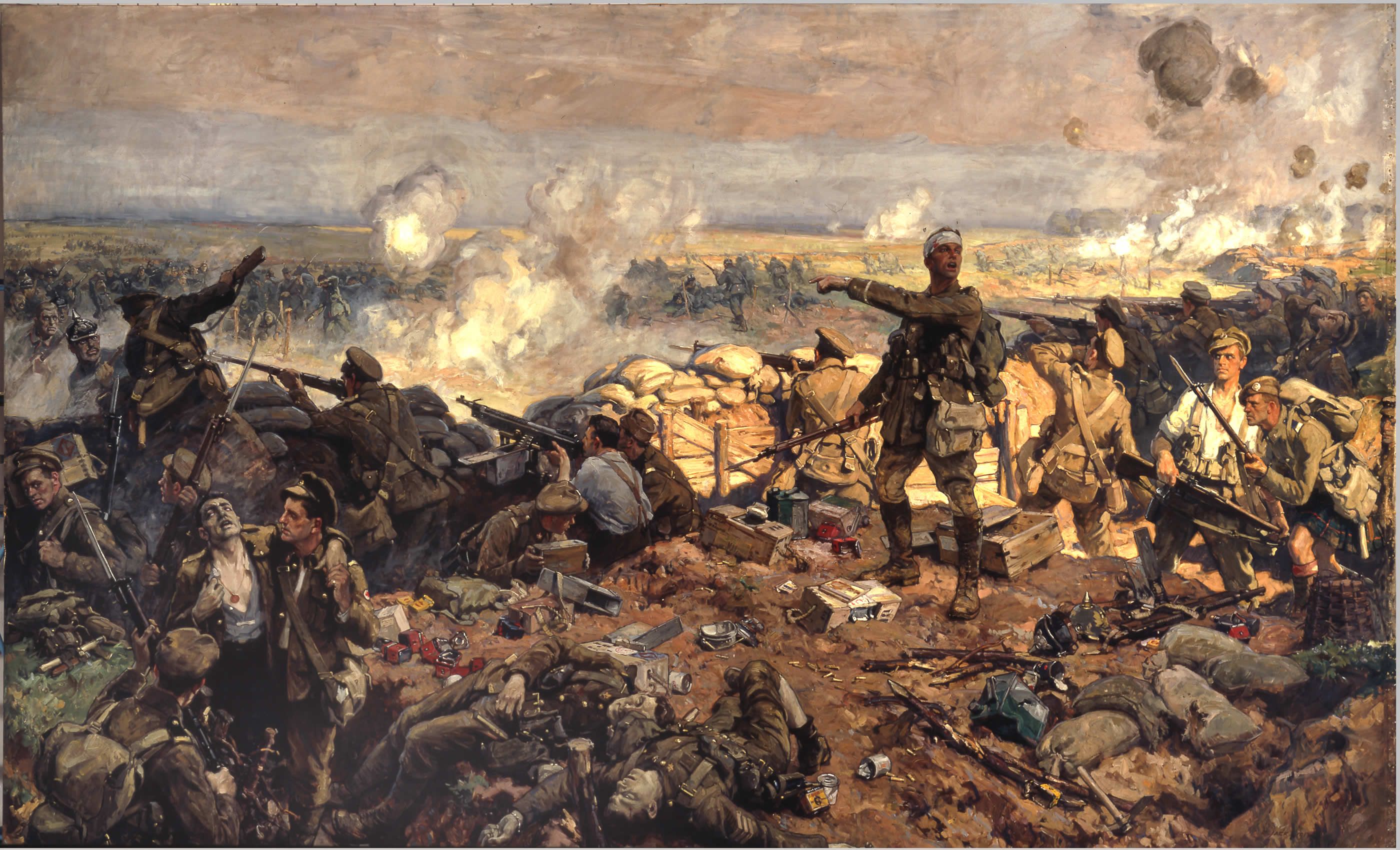What aircraft does the US Air Force need to beat China and Russia?
Last September, the U.S. Air Force revealed that it will need a total of 386 operational squadrons to take on future threats posed by Russia and China. A new congressionally mandated study posits that number may not be enough.
Further, the Center for Strategic and Budgetary Assessments study — which has been obtained exclusively by Defense News — goes on to recommend that the Air Force begin developing a handful of new technologies not in its plans, including a stealthy weaponized drone, a new unmanned reconnaissance plane that can penetrate into contested spaces, and refueling tankers that are unlike anything in its current inventory.
The study is the result of language in the 2018 defense policy bill, which called for the Air Force, the government-funded research firm MITRE Corp. as well as CSBA to make recommendations for the future force structure of the Air Force.









